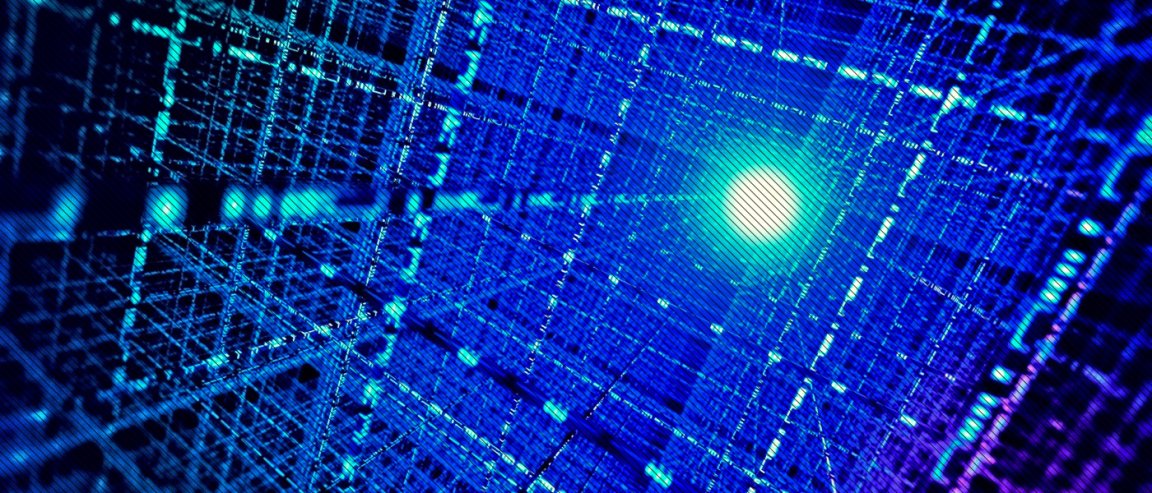
Secure Communication
There are significant hurdles to overcome along the road to achieving a truly secure quantum internet, the most crucial of which will be developing devices that can send and receive quantum data.
To do this, Stanford University has developed a novel quantum light source that could potentially become the basis for quantum communication. The researchers published their findings in the journal Nature Photonics.
Quantum communication involves complex physics. Securing communication with standard lasers is inefficient because they emit what researchers call a “classical” light. Data carried through this medium is vulnerable to data eavesdroppers.
A quantum based internet uses “quantum” light, which means that a single unit of light (photon) can’t be measured without it being destroyed. The nature of quantum light makes it possible to develop a completely secure method of communication with an efficient source of quantum light.
Jelena Vuckovic, an electrical engineering professor and senior author on the paper, has been working on the development of various nanoscale lasers and quantum technologies to enable conventional computers to communicate more efficiently with the use of light. She and her team have come to the conclusion that a modified nanoscale laser could efficiently create quantum light to be used in quantum communication.
But this leads them to another problem. “Quantum light is much weaker than the rest of the light coming from such a modified laser—it is difficult to pick up,” says Vuckovic.
“So, we created a way to filter out the unwanted light, allowing us to read the quantum signal much better.”
Filtered Light
Filtering quantum light works similarly to how noise-canceling headphones work. These headphones have a sensor that actively gauges the frequency of constant ambient sound, like traffic, airplane engines, and other humming. The sensor then produces a similar pattern that is used to cancel out the unwanted sound.
“Some of the light coming back from the modified laser is like noise, preventing us from seeing the quantum light,” says doctoral candidate and lead author Kevin Fischer. “We canceled it out to reveal and emphasize the quantum signal hidden beneath.”
The research team first figured out what classical light’s “noise” looks like by adapting an interference technique used in 1930’s radio engineering. Unwanted light is canceled by adjusting how the canceling light and classical light overlap, revealing the hidden quantum light.
Vuckovic calls the study a very promising development, saying that “It provides us with a practical pathway to secure quantum communications.”
The research team is now developing a working prototype.